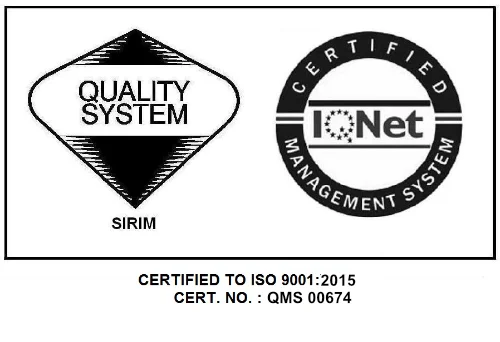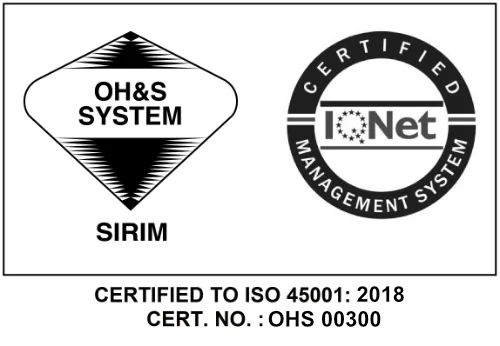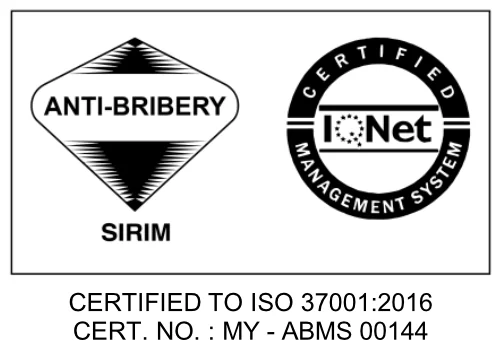
Green building certification has emerged as a beacon of sustainability in the construction sector. In this article, HEIGHTS will delve into the fundamentals of green building standards, shedding light on their significance, certification procedures, and the far-reaching benefits of constructing environmentally friendly structures.
Green building standards are holistic frameworks that emphasise resource efficiency, reduced environmental impact, and enhanced occupant well-being. These standards guide the construction process, encouraging practices that minimise energy consumption, optimise water usage, and promote the use of eco-friendly materials.
The certification process involves rigorous evaluation against these standards, with third-party verification ensuring compliance.
Malaysia boasts several green building certification systems, such as the Green Building Index (GBI) and Leadership in Energy and Environmental Design (LEED).
Embracing green building practices brings a host of advantages. Energy-efficient designs lower operational costs, translating into long-term savings for building owners. Reduced water usage contributes to sustainable resource management.
Moreover, occupants of green buildings enjoy improved indoor air quality and a healthier environment. Green building certification also enhances a project’s marketability and attractiveness to investors.
With sustainability gaining prominence, businesses that invest in eco-friendly structures showcase their commitment to environmental stewardship, leading to positive public perception and increased demand.
As Malaysia aims to chart a sustainable course for its construction sector, understanding green building certification is pivotal. It is not merely a trend but a transformative movement aligning with global sustainability goals.
Stay tuned for the next instalment as we delve deeper into the certification procedures.
Article 2: Navigating the Green Building Certification Process
Article 3: The Advantages of Building Green: Sustainability that Pays Off














